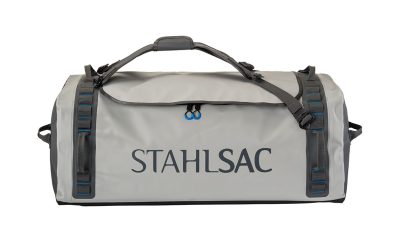News
Oceanic climate change and underwater archaeology
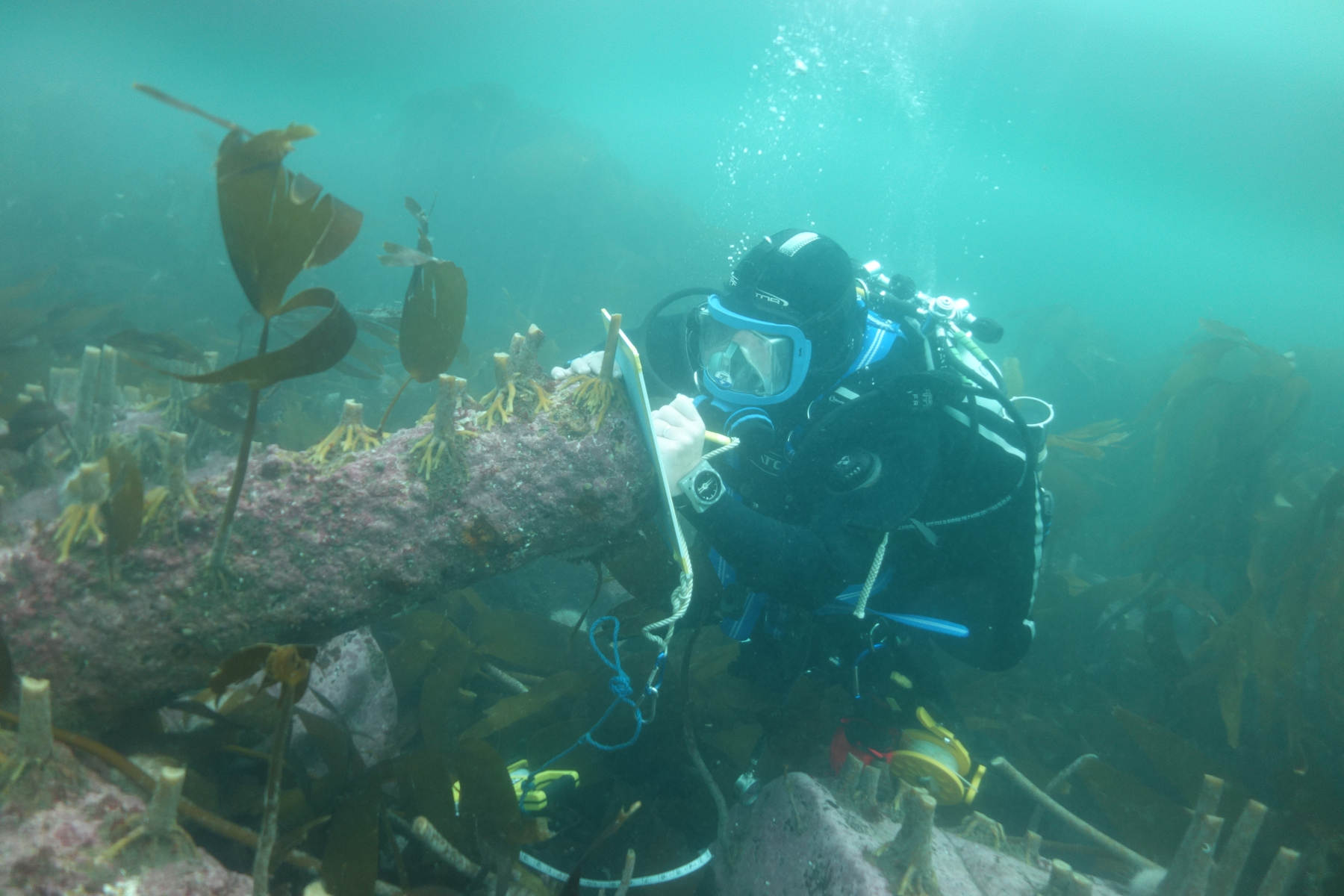
The identification of major environmental threats to cultural heritage and the built environment has been one of the core strands of our National Heritage Protection Plan with work already begun to assess the potential effects of climate change on the historic environment.
We already know that climate change is likely to mean that the UK will experience hotter, drier summers and warmer, wetter winters. There is a likelihood of increased drought, heatwaves, changes in seasonal precipitation and the intensity of weather events such as rainfall leading to flooding.
To date though there has been very little consideration given to how climate change might affect archaeological remains underwater. Even at a European level, there is a paucity of references to underwater cultural heritage within studies of climate change impacts: most recently, the EU-funded Climate for Culture project addressed only the built heritage.
It is already accepted that for the UK’s marine environment the impacts of climate change include relative sea level rise, increased seawater temperatures, ocean acidification and changes in ocean circulation which will affect underwater cultural heritage.
In the 20th century, the average level of the UK seas rose by some 14 cm. UK Climate Projections of UK coastal sea level rise (not including land movement) for 2095 range from 12 to 76 cm, with an extreme scenario for sea level rise in the range of 93 cm to 1.9 m by 2100.
Throughout this period, the effect of sea level rise on archaeological diving projects will be to incrementally reduce the amount of time (and therefore productivity) an air-breathing diver can spend underwater safely. For example, a 20% increase in diving depth can result in a 32% decrease in dive time.
UK waters have warmed over the past 50 years, at least partly because of human-induced climate change. UK Climate Projections indicates that UK shelf seas will be 1.5 to 4 °C warmer by the end of the 21st century. The upper ocean to the west and north of the UK has become saltier since a fresh period in the 1970s, but trends within the shelf seas are less clear. However, ‘warmer oceans’ indicates more energetic oceans so that erosion in shallow-water contexts may be enhanced, controlled by the seabed topography around the UK.
One particular effect of ocean warming already visible in UK waters is the northward migration of invasive species; of particular interest is the blacktip shipworm Lyrodus pedicellatus. Lyrodus p. is a species of shipworm that is active all year and has begun to invade the UK from more southerly latitudes as a result of sea temperature increase. It has been recorded off Cornwall, Langstone Harbour in Hampshire and on the Mary Rose protected wreck site in the Solent and in 2005 it was recorded on the coast at Sandwich, Kent. Considered to be a major threat to wooden wrecks and other wooden structures, the GB Non-native Species Secretariat (NNSS) does not yet identify Lyrodus p. as an invasive species to the UK.
The oceans play an important role in mitigating climate change, taking up and storing about a quarter of anthropogenic CO2 emissions through a combination of biological processes, solubility, and circulation patterns. However, dissolving excess atmospheric CO2 in surface waters has already noticeably increased their acidity and this may in turn affect the ocean’s ability to take up further CO2. Further chemical changes to the oceans will ultimately depend on the emissions pathway that society takes.
The direct effects of acidification upon the stability and condition of exposed wooden structures and iron and steel shipwrecks are not well understood, though decreases in ocean pH have the potential to increase current rates of metal corrosion.
It is believed that changes in ocean temperatures and wind patterns, resulting from the combined effects of overall climate change, will affect and alter oceanic currents. However, the large-scale circulation of the Atlantic, which helps to maintain the relatively temperate climate of Northern Europe, has shown high variability in recent years but no clear trend.
Other circulation patterns are likely to be as variable in the future as they are today, being mainly controlled by the complex topography of the seabed around the UK, as well as by highly variable tides, winds and density differences.
Understanding the impacts and effects of climate change is necessary to help us manage the marine historic environment in the future. We are therefore planning work to firstly understand the full extent of invasion by the Lyrodus p. shipworm and secondly to better understand the effects of chemical attrition on archaeological remains underwater by working with the UK Ocean Acidification Research Programme.
We need to ensure that we take full account of the findings of the latest UK Climate Change Risk Assessment, relevant national adaptation programmes and the latest set of UK Climate Projections. We also need to be mindful about balancing the scale of the effects or possible effects of oceanic climate change and we recognise that more work needs to be done to clarify this balance so that our priorities can be determined.
Gear News
Go anywhere with Stahlsac
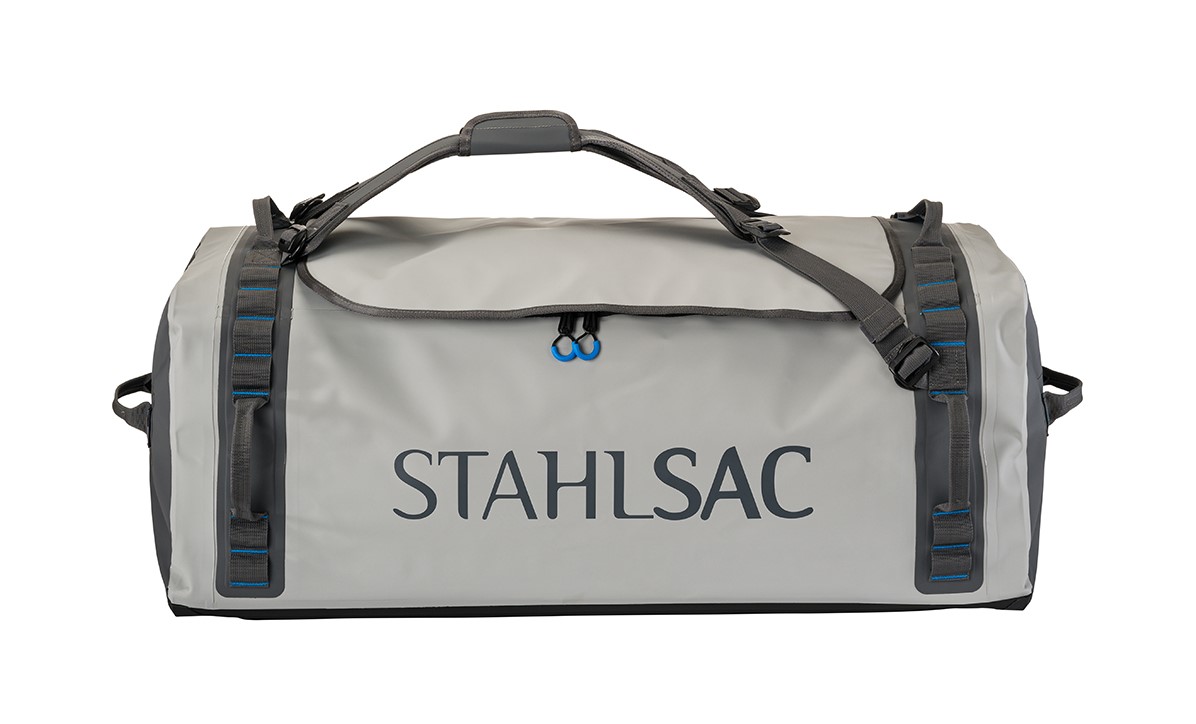
Stahlsac dive bags and travel luggage are built for our community of divers, surfers, kayakers and outdoor explorers who need bags that are constructed with durability, toughness, and 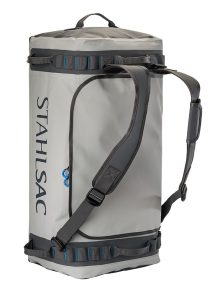 the highest quality the industry has ever seen. We were founded by one man determined to build better watersports and dive bags, and today, that mission is carried on by many. Adventure doesn’t just present itself; it requires discovery. When we design dive bags, we make sure they are tough enough for you to explore in all conditions—warm and cold, wet and dry—to the nearest and farthest reaches of the earth. And for those times you want to push the boundaries of adventure, Stahlsac dive bags make sure you can truly GO ANYWHERE.
the highest quality the industry has ever seen. We were founded by one man determined to build better watersports and dive bags, and today, that mission is carried on by many. Adventure doesn’t just present itself; it requires discovery. When we design dive bags, we make sure they are tough enough for you to explore in all conditions—warm and cold, wet and dry—to the nearest and farthest reaches of the earth. And for those times you want to push the boundaries of adventure, Stahlsac dive bags make sure you can truly GO ANYWHERE.
Abyss Duffels
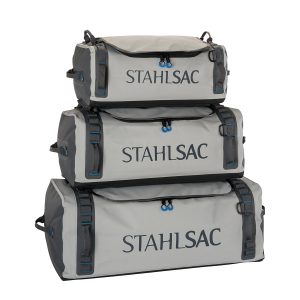 Made to be your partner-in-crime on every adventure, Stahlsac’s Abyss Duffels protects your gear from Mother Nature’s worst. Tough and 100% waterproof with double-TPU nylon material that shrugs off daily wear-and-tear, and RF-welded seams further boost the bag’s potential for lifelong exploring. Get Wet. Get Lost. Go Anywhere with Abyss.
Made to be your partner-in-crime on every adventure, Stahlsac’s Abyss Duffels protects your gear from Mother Nature’s worst. Tough and 100% waterproof with double-TPU nylon material that shrugs off daily wear-and-tear, and RF-welded seams further boost the bag’s potential for lifelong exploring. Get Wet. Get Lost. Go Anywhere with Abyss.
- A weatherproof duffel for trips, travel, and adventure
- Ultra-durable double-TPU nylon protects your gear
- Material repels water and keeps your equipment dry
- RF-welded seams are flush, tough, and waterproof
- Removable straps transform duffel into backpack
- Zippered internal stow compartments carry essentials
- External zippered flap is easy to open and close
- Welded external handles make transporting a breeze
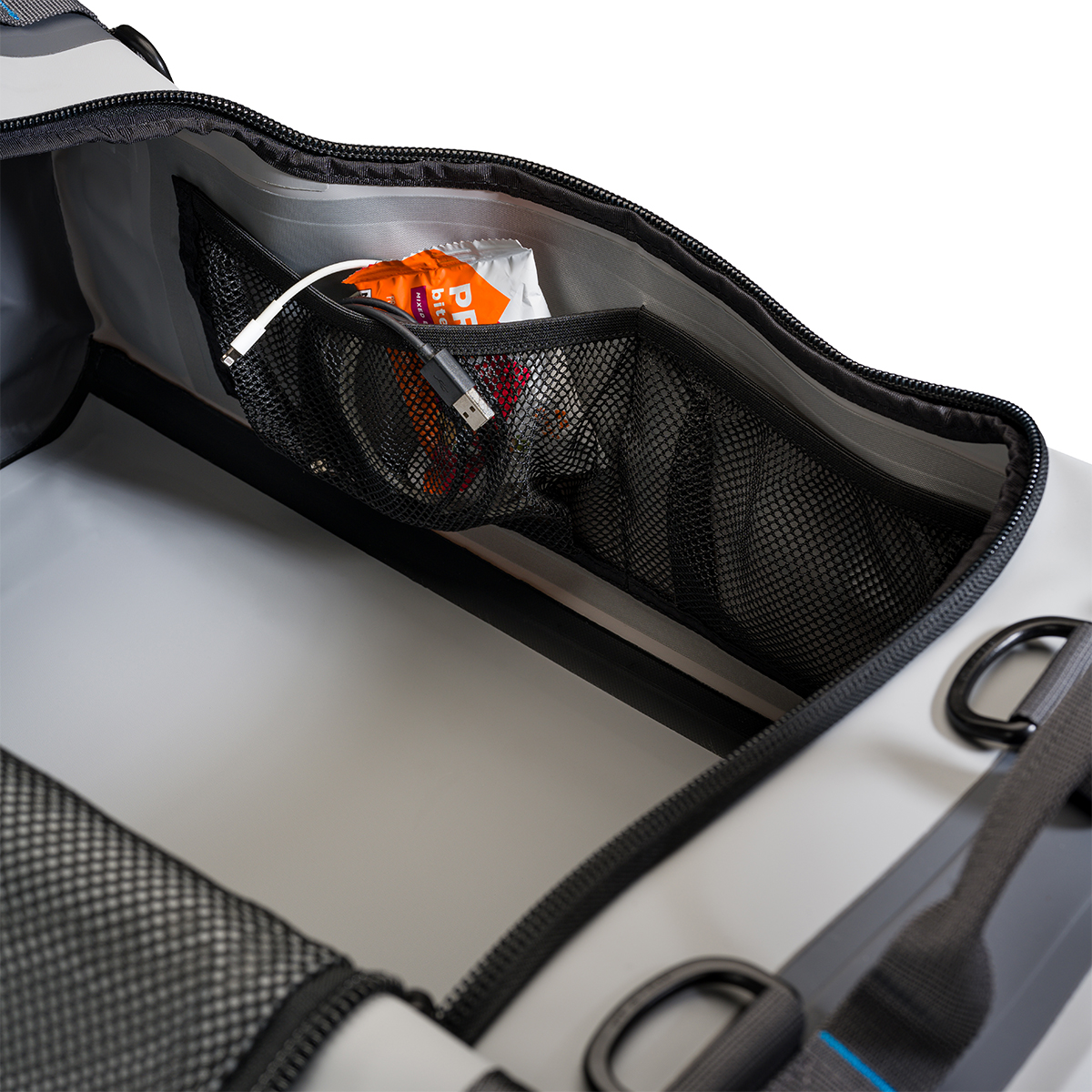
Panama Mesh Backpack
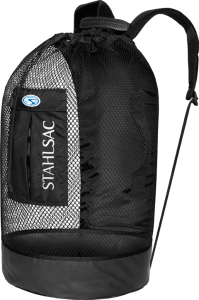 The most copied design in scuba diving, the Stahlsac Panama Mesh Backpack is the “original” design and features two high-density foam padded shoulder straps, extra durable polyester mesh, duffel bag handles and our unique zippered dry pocket inside that combines with a wet pocket outside. The bottom’s built from reinforced 18-gauge PVC nylon to combat the wear and tear of your active coastal lifestyle, and, as a bonus in every bag, we supply a 12″ x 12″ mesh drawstring satchel for extra stowing utility. Pack up your beach kit and go.
The most copied design in scuba diving, the Stahlsac Panama Mesh Backpack is the “original” design and features two high-density foam padded shoulder straps, extra durable polyester mesh, duffel bag handles and our unique zippered dry pocket inside that combines with a wet pocket outside. The bottom’s built from reinforced 18-gauge PVC nylon to combat the wear and tear of your active coastal lifestyle, and, as a bonus in every bag, we supply a 12″ x 12″ mesh drawstring satchel for extra stowing utility. Pack up your beach kit and go.
- Density foam padded shoulder straps
- Outside wet/dry pockets
- 2 Carry handles
- Tough, snag-resistant polyester mesh
- Reinforced PVC bottom
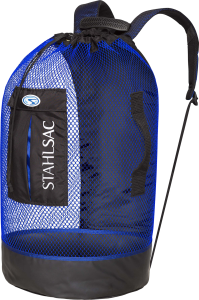
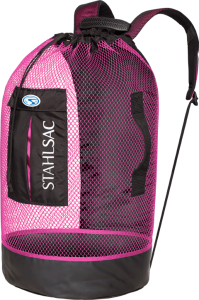
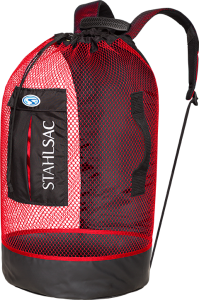
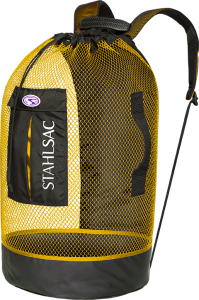
For more information about Stahlsac bags, visit www.stahlsac.com/dive-bags.
Sea & Sea is the home of Stahlsac and other leading diving brands in the UK.
Blogs
EXCLUSIVE: Jeff Goodman interviews Mark Spiers, CEO of New Scuba Diving Training Agency NovoScuba

In a video recorded exclusively for Scubaverse.com, Jeff Goodman interviews Mark Spiers, CEO of new scuba diving training agency NovoScuba.
Find out more about NovoScuba at www.novoscuba.com.
-

 News3 months ago
News3 months agoCapturing Critters in Lembeh Underwater Photography Workshop 2024: Event Roundup
-

 Marine Life & Conservation Blogs3 months ago
Marine Life & Conservation Blogs3 months agoCreature Feature: Swell Sharks
-

 Blogs2 months ago
Blogs2 months agoMurex Resorts: Passport to Paradise!
-

 Gear Reviews3 weeks ago
Gear Reviews3 weeks agoGEAR REVIEW – Revolutionising Diving Comfort: The Sharkskin T2 Chillproof Suit
-

 Blogs2 months ago
Blogs2 months agoDiver Discovering Whale Skeletons Beneath Ice Judged World’s Best Underwater Photograph
-

 Gear Reviews3 months ago
Gear Reviews3 months agoGear Review: Oceanic+ Dive Housing for iPhone
-

 News2 months ago
News2 months agoPADI Teams Up with Wellness Brand Neuro to Drive Ocean Change and Create a Blue State of Mind
-

 Marine Life & Conservation2 months ago
Marine Life & Conservation2 months agoSave the Manatee Club launches brand new webcams at Silver Springs State Park, Florida



